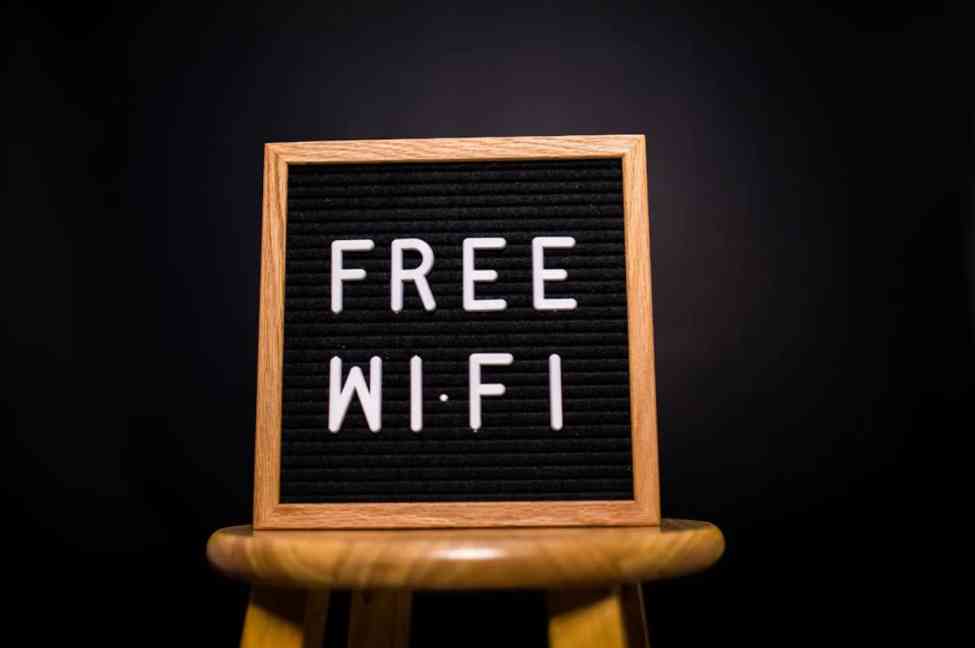In today’s hyper-connected world, public Wi-Fi networks have become an integral part of our daily lives. From coffee shops and airports to libraries and co-working spaces, these networks offer convenience and accessibility for users on the go. However, with this convenience comes significant risks. Public Wi-Fi networks are often targeted by cybercriminals seeking to exploit vulnerabilities, steal sensitive information, or engage in malicious activities. To ensure a safe and secure online experience, it is crucial to understand how to prevent the misuse of public Wi-Fi networks. This article explores the potential threats, best practices for users, and strategies for network administrators to safeguard these shared connections.
The Growing Importance of Public Wi-Fi Networks
Public Wi-Fi networks have revolutionized the way we access the internet. They enable remote workers to stay productive, students to conduct research, and travelers to stay connected while away from home. According to recent studies, over 60% of smartphone users connect to public Wi-Fi at least once a week. Despite their popularity, these networks pose inherent security challenges due to their open nature. Without proper safeguards, they can become breeding grounds for cyberattacks, data breaches, and unauthorized activities.
Common Threats Associated with Public Wi-Fi
Before diving into prevention strategies, it’s essential to understand the most common threats associated with public Wi-Fi misuse:
- Man-in-the-Middle (MITM) Attacks : Hackers intercept communication between a user’s device and the Wi-Fi network, capturing sensitive data such as login credentials and financial information.
- Malware Distribution : Cybercriminals can exploit vulnerabilities in unsecured networks to distribute malware, which can infect devices and compromise personal data.
- Packet Sniffing : Attackers use tools to monitor and capture data packets transmitted over the network, gaining access to unencrypted information.
- Rogue Hotspots : Fraudulent hotspots masquerading as legitimate public Wi-Fi networks trick users into connecting, allowing attackers to spy on their activities.
- Unauthorized Access : Users may inadvertently gain access to restricted systems or misuse the network for illegal activities, putting both individuals and businesses at risk.
These threats highlight the urgent need for robust measures to prevent the misuse of public Wi-Fi networks.

Best Practices for Users: Staying Safe on Public Wi-Fi
As a user, you play a critical role in ensuring your safety when connecting to public Wi-Fi. Here are some actionable tips to protect yourself from potential threats:
1. Verify the Network Name
Always confirm the official name of the Wi-Fi network with the establishment providing it. Avoid connecting to networks with generic names like “Free Public Wi-Fi,” as these could be rogue hotspots set up by attackers.
2. Use Secure Connections (HTTPS)
Ensure that websites you visit use HTTPS encryption, indicated by a padlock icon in the browser’s address bar. This encrypts data exchanged between your device and the website, making it harder for attackers to intercept.
3. Enable Firewall and Antivirus Software
Activate your device’s built-in firewall and install reputable antivirus software to detect and block malicious activity. Regularly update these tools to defend against emerging threats.
4. Avoid Sensitive Transactions
Refrain from accessing banking apps, entering credit card details, or logging into sensitive accounts (e.g., email or social media) while connected to public Wi-Fi. If necessary, use a virtual private network (VPN) to encrypt your connection.
5. Turn Off Sharing Features
Disable file sharing and printer sharing options on your device to prevent unauthorized access to your files. These features are typically unnecessary in public settings and can expose your system to risks.
6. Forget the Network After Use
Once you’re done using the public Wi-Fi, disconnect and select the option to “forget” the network. This prevents your device from automatically reconnecting to the same network in the future, which could be exploited by attackers.
7. Use Two-Factor Authentication (2FA)
Enable two-factor authentication on all your accounts whenever possible. Even if your credentials are compromised, 2FA adds an extra layer of security by requiring a second form of verification.
By following these best practices, users can significantly reduce their exposure to risks associated with public Wi-Fi networks.

Strategies for Network Administrators: Securing Public Wi-Fi Infrastructure
While individual users must take responsibility for their own safety, network administrators also bear a significant burden in preventing the misuse of public Wi-Fi networks. Below are key strategies to enhance security and minimize risks:
1. Implement Strong Encryption Protocols
Use WPA3 (Wi-Fi Protected Access 3) or, at a minimum, WPA2 encryption to secure your network. These protocols provide robust protection against unauthorized access and eavesdropping.
2. Segment the Network
Separate guest traffic from internal systems by creating isolated subnetworks. This ensures that even if a user’s device is compromised, attackers cannot access critical infrastructure or other parts of the network.
3. Require User Authentication
Instead of offering completely open access, require users to authenticate themselves before connecting. Options include:
- Captive portals where users agree to terms of service
- Login via social media accounts or email addresses
- Time-limited access codes distributed by staff
This approach not only deters casual misuse but also allows administrators to track and manage user activity.
4. Monitor Network Activity
Deploy intrusion detection and prevention systems (IDPS) to monitor for suspicious behavior, such as unusual data transfers or repeated login attempts. Real-time alerts enable quick responses to potential threats.
5. Limit Bandwidth and Usage
Set bandwidth caps and time limits to discourage excessive usage or resource-heavy activities like torrenting. This helps maintain optimal performance for all users and reduces the likelihood of abuse.
6. Educate Users
Provide clear guidelines and warnings about safe browsing habits through splash pages or signage. Inform users about the risks of public Wi-Fi and encourage them to adopt secure practices.
7. Regularly Update Firmware and Software
Keep routers, firewalls, and other networking equipment up to date with the latest firmware and patches. Outdated software can contain vulnerabilities that attackers exploit.
By implementing these measures, network administrators can create a safer environment for users while mitigating the risk of misuse.
Legal and Ethical Considerations
Beyond technical safeguards, legal and ethical considerations are vital in addressing the misuse of public Wi-Fi networks. Establishments offering Wi-Fi should clearly outline acceptable use policies (AUPs) that define permissible activities and consequences for violations. Additionally, compliance with data protection regulations—such as GDPR or CCPA—is essential when collecting user information during authentication processes.
Law enforcement agencies also play a role in combating cybercrime facilitated through public Wi-Fi. Collaboration between businesses, ISPs, and authorities can help identify and prosecute offenders engaged in illegal activities.
The Role of Emerging Technologies
Advancements in technology continue to shape the landscape of public Wi-Fi security. Some promising developments include:
- AI-Powered Threat Detection : Machine learning algorithms analyze network traffic patterns to identify anomalies and predict potential threats.
- Zero Trust Architecture : This model assumes no implicit trust within the network, requiring continuous verification of every user and device.
- Quantum Cryptography : Although still in its infancy, quantum cryptography promises unparalleled levels of encryption that could render traditional hacking methods obsolete.
By staying informed about these innovations, stakeholders can future-proof their networks against evolving threats.
Conclusion
The widespread adoption of public Wi-Fi networks has transformed how we interact with the digital world, offering unparalleled convenience and connectivity. However, this convenience comes with inherent risks that demand vigilance from both users and administrators. By understanding the threats, adopting best practices, and leveraging advanced technologies, we can collectively work toward preventing the misuse of public Wi-Fi networks.
Whether you’re a business owner managing a Wi-Fi hotspot or an individual relying on public networks, prioritizing security is non-negotiable. Together, we can foster a safer online ecosystem that benefits everyone.






